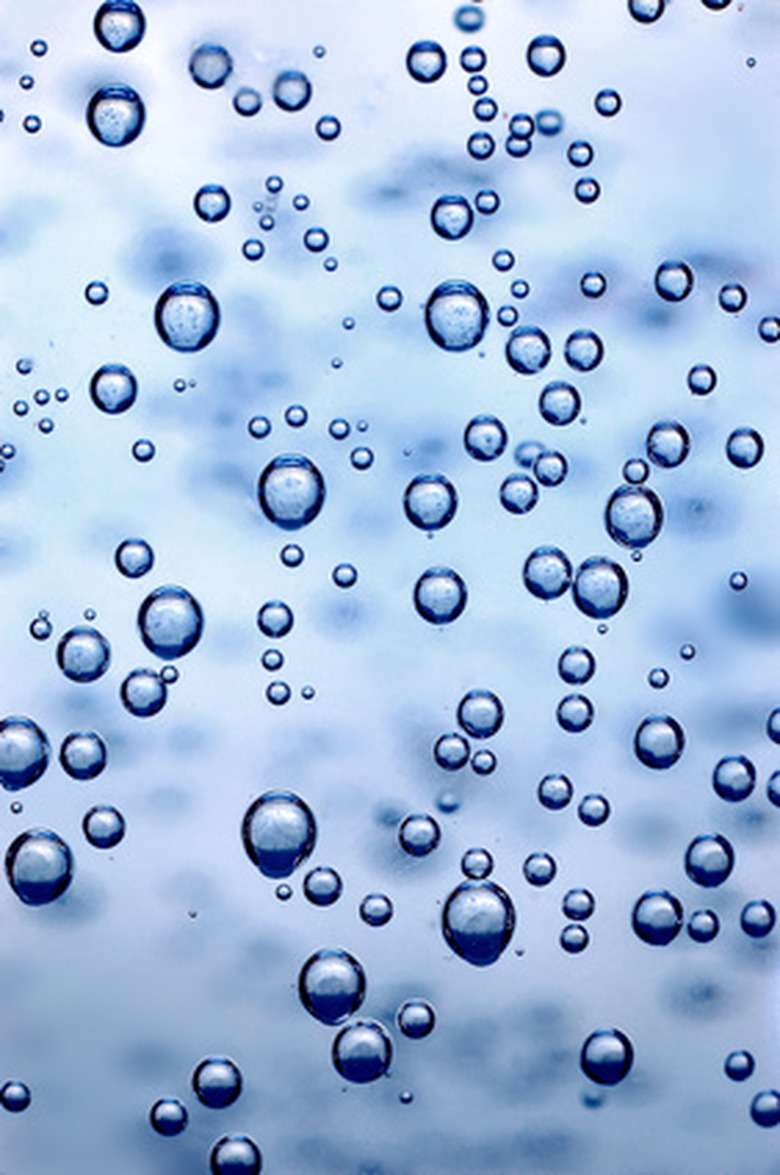Hydroponic Trees
Hydroponics has been around for centuries. Hydroponics means "water" and "labor." The hanging gardens of Babylon and the floating gardens of the Aztecs were hydroponically grown. There are even records of hydroponic methods in Egyptian hieroglyphics dating back several hundred years B.C. At its simplest, hydroponics refers to plants growing in water. The plants get a nutrient solution, humidity, lighting, cover from the elements and the water solution. Usually this is done in a greenhouse and has been used primarily to grow vegetables like cucumbers and tomatoes.
- Hydroponics has been around for centuries.
- There are even records of hydroponic methods in Egyptian hieroglyphics dating back several hundred years B.C.
- At its simplest, hydroponics refers to plants growing in water.
History
The rise of greenhouse production pointed to a need for a growing media other than soil. Soil had to be changed at least every season, if not every crop. In 1925 interest began in nutrient hydrating solutions that could be injected into aerated soil or artificial soil. The resulting methods proved to be too expensive and were abandoned until plastic became available. Plastic made greenhouses more affordable and replaced the expensive troughs that used to be used for hydroponics. Again, the process proved to be too expensive as oil prices rose and heating greenhouses became unprofitable. Currently there is renewed experimentation with hydroponics. Methods have gotten cheaper, and it has become a growing method for both commercial production and hobbyists.
- The rise of greenhouse production pointed to a need for a growing media other than soil.
- Again, the process proved to be too expensive as oil prices rose and heating greenhouses became unprofitable.
Benefits
Hydroponics can provide a way to raise food in areas that are inhospitable. Soil conditions of the area are not a consideration and the plants are protected from inclement weather in the greenhouse. One of the biggest benefits is that the plants are grown in a media that is free from groundwater pollution and environmental toxins. Hydroponics also has the ability to increase yield and eliminate the use of pesticides since the plants are in a contained environment. The method increases the control the grower has over natural processes and outside influences.
Basic Method
Hydroponic systems can be active or passive. Active systems have a pump to move nutrients around the roots of the plants. The passive system has no pump and utilizes a wicking system to draw nutrients up and into a suspended solution onto hanging roots. Systems are also characterized as media based or water culture. Media based is a term meaning that a growing medium is used to hold the plant's roots firm and keep solution around their roots. Water culturing relies upon rock wool cubes or gravel to anchor the roots and does not use a growing medium. The basic components of hydroponics include lighting, media, solution, temperature, humidity and plants.
- Hydroponics can provide a way to raise food in areas that are inhospitable.
- The passive system has no pump and utilizes a wicking system to draw nutrients up and into a suspended solution onto hanging roots.
Types
Hydroponics was originally used for producing vegetables in this century. The most prolific crops were cucumbers, tomatoes and melons. Growing trees hydroponically poses a few problems especially regarding size. The science is sound, but growing a full-size oak tree, for example, is not practical due to the height, root range and the amount of nutrient it would have to be provided. Trees, however, are being grown hydroponically, such as many types of bonsai, banana trees and other tropicals, fruit trees and avocados, ficus, cacao and even dogwood. There is no reason why any plant can't be grown hydroponically as long as the roots are wet and it gets plenty of nutrition and light.
Tree Hydroponics
Trees require bigger growing containers than vegetables. Dwarf varieties are more practical than standards since you are growing indoors and most ceilings can't accommodate a full-size tree. A five-gallon bucket is sufficient for a medium-size dwarf tree. The bottom needs to be fitted with nutrient drainage tubing and then filled with rice husk, perlite or vermiculite. A drip irrigation system needs to be installed with a water source and should have at least three water emitters. There needs to be a good light source and a warm room or heat source. Occasional misting is needed to provide humidity for leaves. Generally trees do not get as big grown hydroponically, but they will flower and fruit just like soil-bound plants.
- Hydroponics was originally used for producing vegetables in this century.
- There is no reason why any plant can't be grown hydroponically as long as the roots are wet and it gets plenty of nutrition and light.
